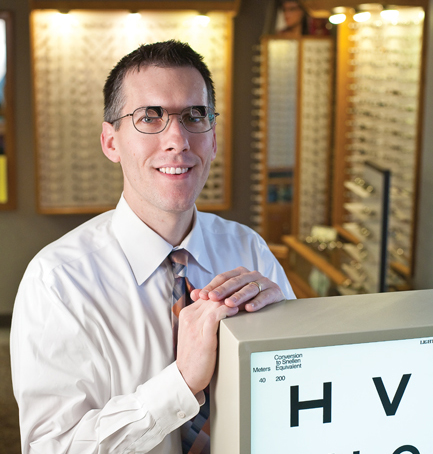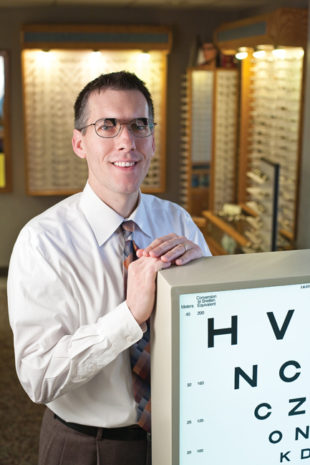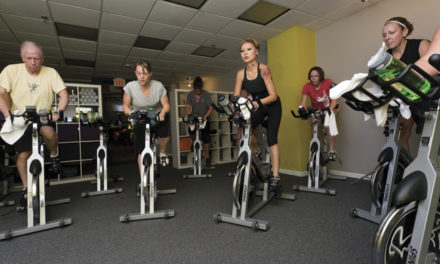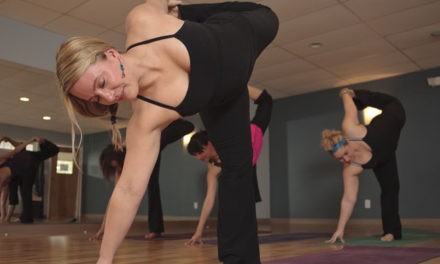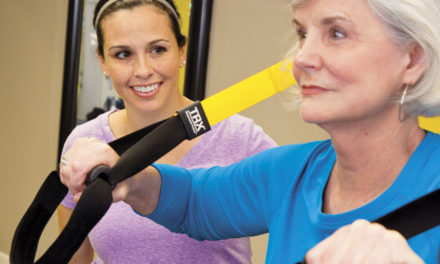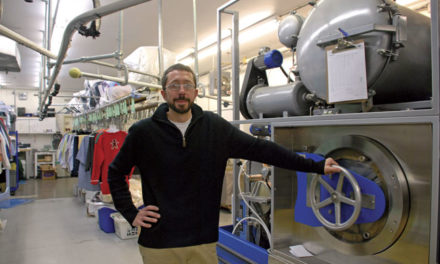BY KELLY KENDALL
Frank Henry has seen the lights. Literally. Henry has worn eyeglasses for years but began to have trouble driving when he couldn’t make out the colors of stoplights as he approached intersections. After getting his first pair of telescopic glasses in May, Henry has become a fervent believer in the treatment of “low vision”—eyesight that’s been corrected by traditional glasses or contact lenses but still isn’t good enough.
“These things [low-vision glasses] have brought me back from where I was by a thousand percent,” says Henry, a retired sheet-metal worker, who no longer depends on his wife to drive him around. “I can see the sports scores on television. I’m going to start building model boats again. I can put on a pair [of glasses] and do what I want to do.”
Henry is like a lot of patients who visit Dr. Jarrod Long, one of the few optometrists in the Midwest who specializes in low vision. The field has been evolving for about 40 years, says Long, but most people still don’t know about it. He zeroed in on this specialty while studying at the IU School of Optometry. “I like working with older people, which a lot of my classmates weren’t really interested in,” says Long, who graduated in 1996. Locally, he sees low-vision patients of all ages through the general practice (Long Family Eye Care at 660 S. College) that he operates with his wife. He also has satellite offices in Indianapolis, Evansville, New Albany, Lafayette, and Covington.
Whether their vision is 20/40 or 20/400, people come to Long when they’re already wearing spectacles or contacts but can’t drive, read, or just do the things they used to enjoy. Usually, the treatment calls for special glasses like Henry’s, which have telescopes built into the lenses and also attached to the fronts. Henry’s telescopes are positioned at the top of his glasses so he can look up to see stoplights; they could be lower for somebody who needs help reading or doing needlework. Each pair of spectacles is tailored to the needs of the patient. Says Long, “I’ve fitted glasses for people to see slot machines.”


